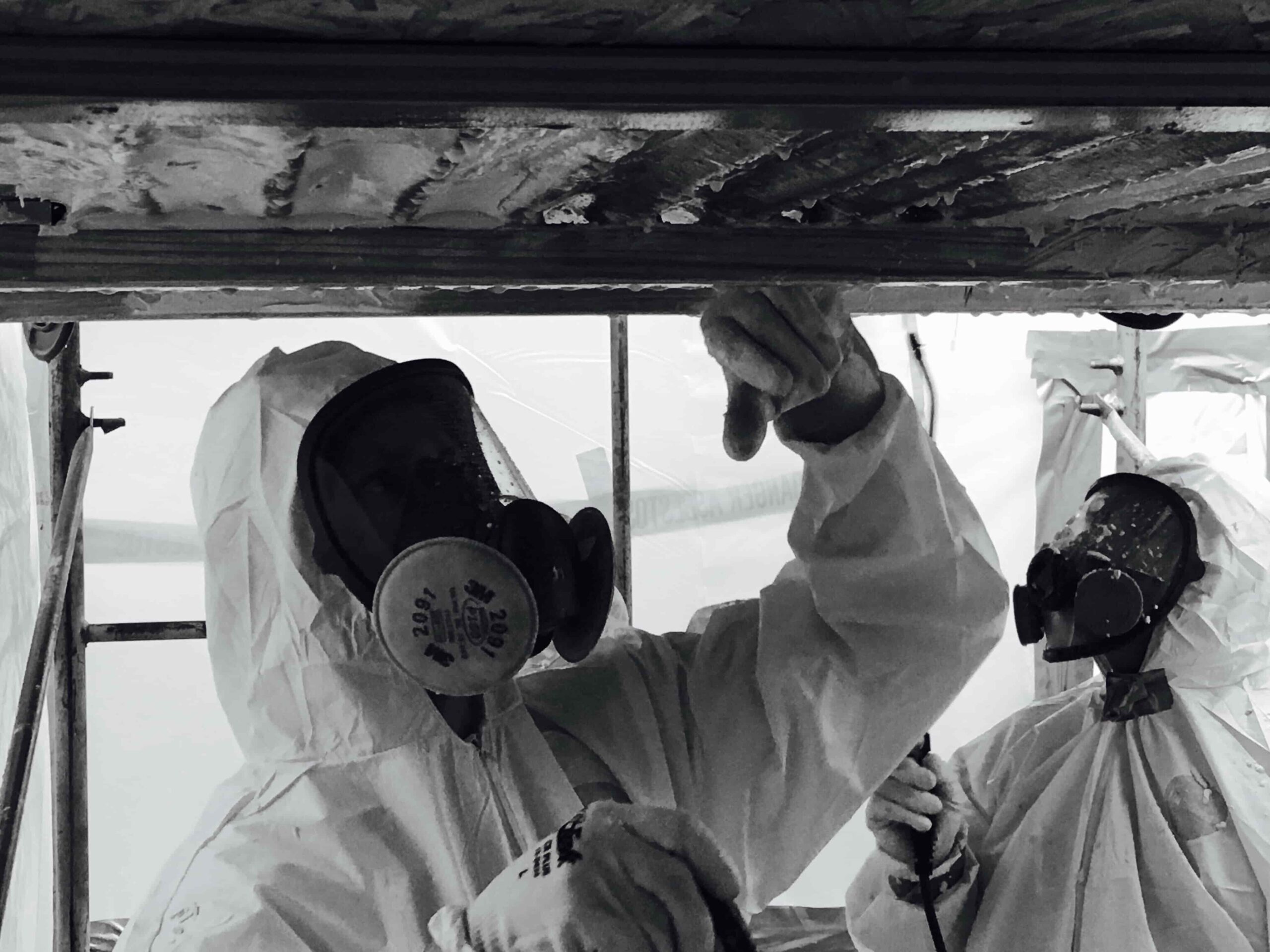SiAl BV Consultants & Managers | Indrustry
Not only chemical companies need a policy or a well-thought-out approach for hazardous substances. This also applies to most other companies and institutions. Hazardous substances are present almost everywhere, such as cleaning agents, exhaust gases, lubricating oil or auxiliary materials. It is important to thoroughly identify the hazardous substances used or released in the company and to take protective measures where necessary. The employer is responsible for the health and safety of employees who are exposed to hazardous substances.


Some examples of
common hazardous substances:
• painters: solvents and paints;
• agriculture and horticulture: pesticides and disinfectants;
• hospitals: anesthetic gases and cytostatic;
• car mechanics: lubricating oils, petrol, exhaust gases, welding fumes, paints;
• metal workers: cutting oils, degreasing agents, welding fumes, coolants;
• drivers: transport of dangerous goods, exhaust fumes.
• employees in the wood processing industry: wood dust and adhesives;
• construction workers: wood dust, asbestos, quartz dust, glass and rock wool.
• cleaners; cleaning agents and contaminants;
• bakers: flour dust and bread improvers;
• technical service: degreasing agents and lubricating oils
• employees in the chemical industry and laboratories: various hazardous substances.
common hazardous substances:
• painters: solvents and paints;
• agriculture and horticulture: pesticides and disinfectants;
• hospitals: anesthetic gases and cytostatic;
• car mechanics: lubricating oils, petrol, exhaust gases, welding fumes, paints;
• metal workers: cutting oils, degreasing agents, welding fumes, coolants;
• drivers: transport of dangerous goods, exhaust fumes.
• employees in the wood processing industry: wood dust and adhesives;
• construction workers: wood dust, asbestos, quartz dust, glass and rock wool.
• cleaners; cleaning agents and contaminants;
• bakers: flour dust and bread improvers;
• technical service: degreasing agents and lubricating oils
• employees in the chemical industry and laboratories: various hazardous substances.
Exposure by three routes. Exposure can occur through three routes: inhalation, skin contact and ingestion. One or more exposure routes are important for every hazardous substance. Flour dust and wood dust, for example, only pose health risks when inhaled.
